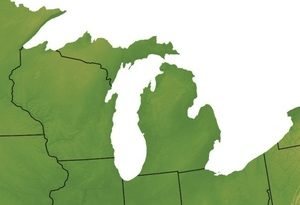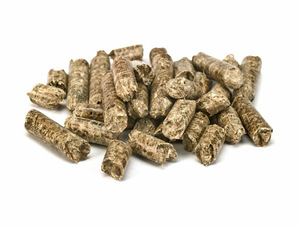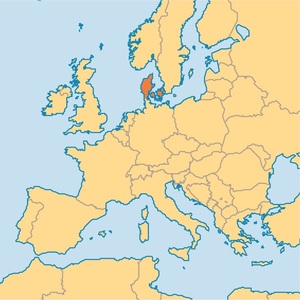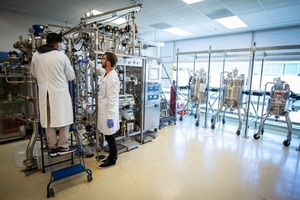DOE funds bioenergy carbon capture projects
Energy Disrupter
ADVERTISEMENT
The U.S. Department of Energy on Jan. 30 awarded $131 million for 33 carbon management projects. At least four of the funded projects specifically address carbon capture related to bioenergy and biofuels.
The DOE awarded more than $8.84 million to the Tulare County Carbon Storage Project. That project, led by Advanced Resources International Inc., plans to establish the technical and economic foundation to establish a geologically, environmentally, and societally feasible commercial-scale, locally acceptable regional geologic storage complete for carbon dioxide (CO2) captured from Calgren Renewable Fuels’ ethanol production and diary digester play in Pixley, California, as well as other dairy farms and industrial facilities in the area.
The agency also awarded nearly $1.42 million to a project led by CMS Enterprises Co. Under that project, CMS intends to team up with ION Clean Energy Inc. and Sargent & Lundy LLC to execute an initial design engineering study to complete the initial design and develop costing to retrofit the Filer Plant in Filer City, Michigan, with the ability to fire 100 percent sustainably sourced biomass and implement ION’s post-combustion CO2 capture technology.
A project led by Electricore Inc. was awarded $1.5 million by the DOE for a project that aims to execute and complete the initial design of a commercial-scale, advanced carbon capture system that separates CO2 with at least 95 percent capture efficiency from process streams at the Carmeuse Kentucky lime plant. The plant will be retrofitted to utilize sustainably sourced biomass alone or in combination with natural gas and/or coal, with at least 20-year available feedstock supply and remaining asset life.
Finally, the University of North Dakota was awarded $1 million to support a project to characterize the chemical and physical attributes of industrial residues—such as cement kiln dust, coal ash, sulfur scrubber residues, biomass processing residues, recycled concrete residues, iron and steel slag, and copper slag—and conduct laboratory-scale tests to determine their potential and practical CO2 storage capacity. The project will also address the applications and economic value of the formed products and the overall carbon lifecycle implications.
Additional information is available on the DOE website.
















